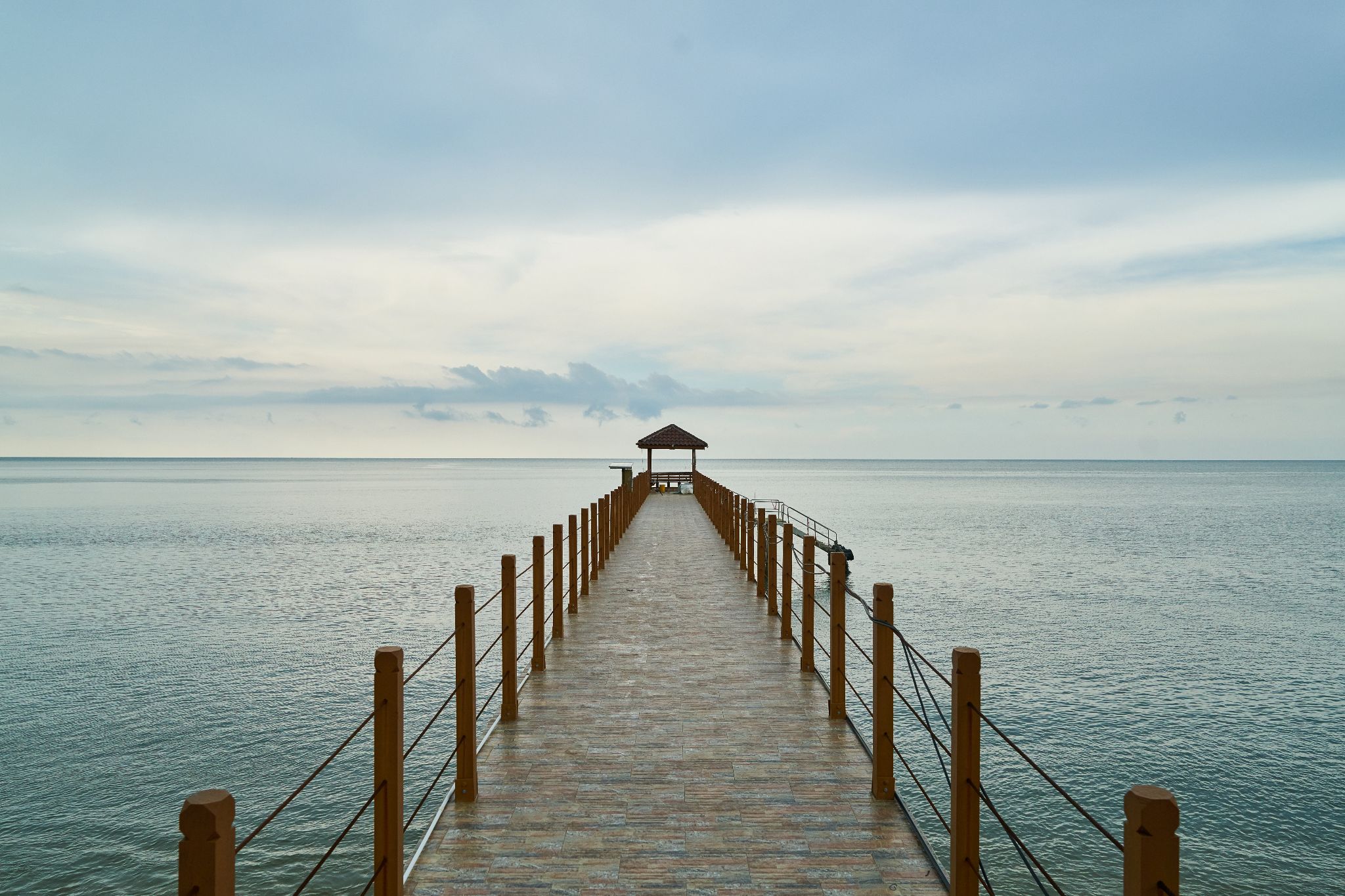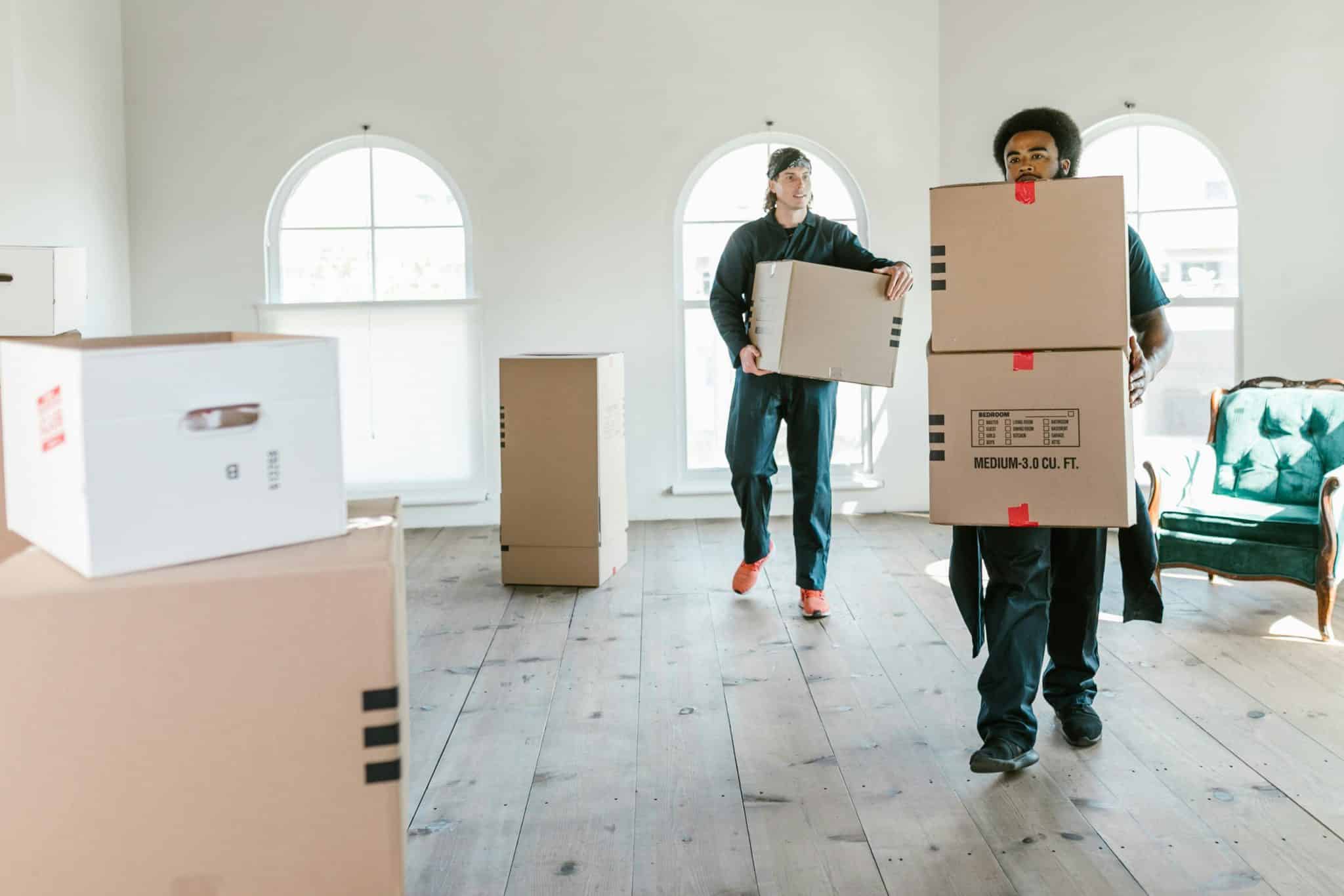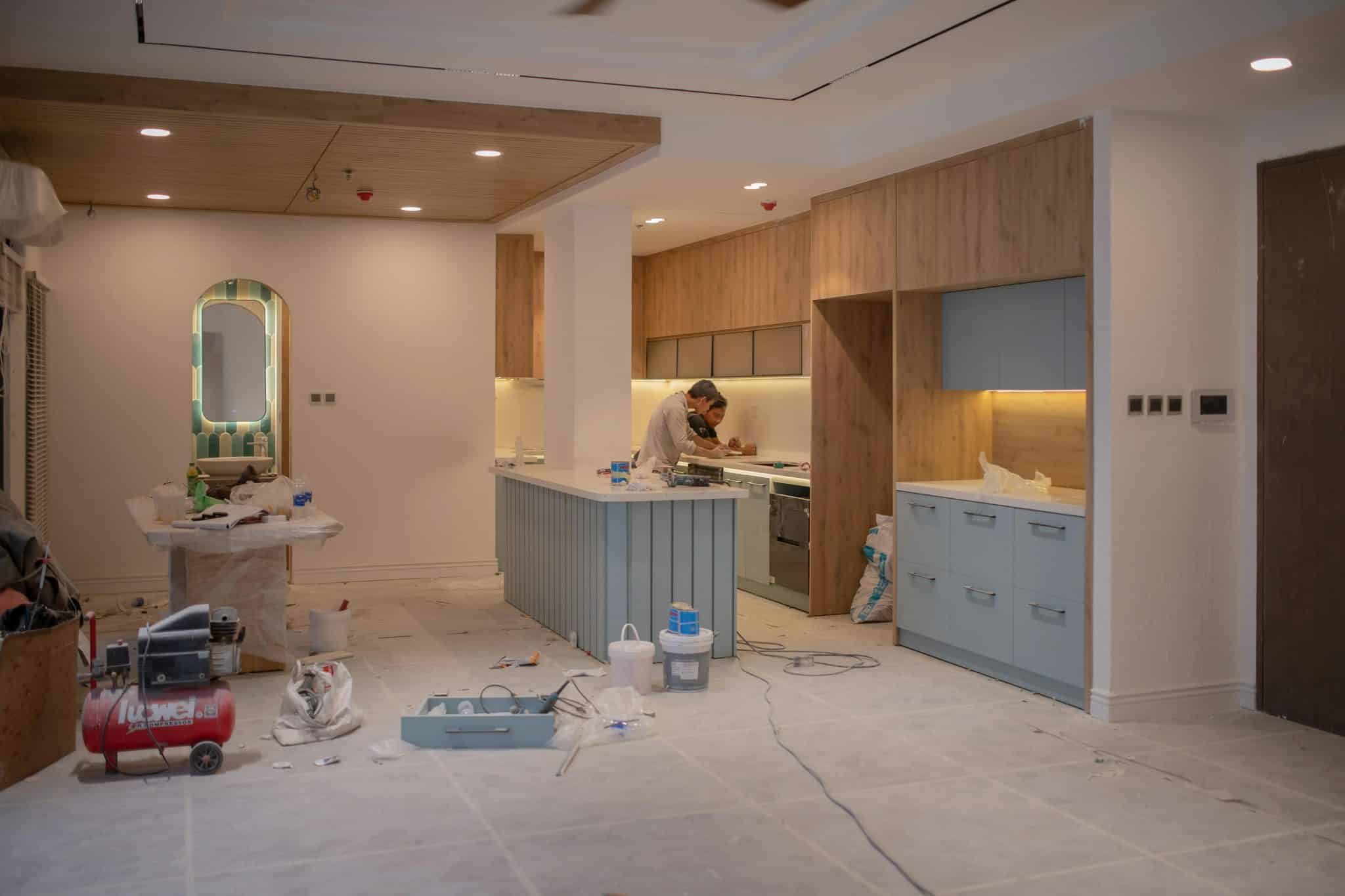Choosing the perfect white paint can feel overwhelming with the numerous options available today.
Sherwin-Williams Shoji White and Alabaster consistently rank as the top two neutral paint colors among homeowners and designers alike.
Both offer warmth and versatility, but they create completely different moods in your space.
Shoji White brings subtle greige undertones that work beautifully in modern and organic interiors. Alabaster delivers bright, creamy warmth that suits traditional and contemporary homes perfectly.
This guide will help you understand which color best suits your specific needs, room lighting, and design style.
You’ll learn how each performs in different spaces and find which undertones work best with your existing décor.
Ready to make the right choice for your home?
Shoji White or Alabaster? A Quick Look at Both
Shoji White leans towards greige with a soft warmth, while Alabaster offers a creamier, more classic white; both are versatile, but each sets a distinct tone depending on the light and style.
| Feature | Shoji White (SW 7042) | Alabaster (SW 7008) |
|---|---|---|
| Color Family | Off-white/Neutral | Soft White/Neutral |
| Undertones | Warm greige, subtle gray/beige | Creamy, soft yellow/greige |
| Light Reflectance Value | 74 | 82 |
| Vibe | Warm, grounded, cozy | Bright, airy, inviting |
| Best Uses | Modern, organic, transitional | Farmhouse, traditional, contemporary |
| Ideal Lighting | Natural/bright artificial | Works well in all lighting |
| Rooms | Living rooms, kitchens, and offices | Bedrooms, bathrooms, nooks |
Shoji White (SW 7042): Where & Why
Shoji White brings calm warmth to any space with its soft, creamy off-white base and subtle greige undertones.
This versatile paint color creates a grounded, cozy mood that feels both modern and timeless.
It works beautifully in contemporary farmhouse, Japandi, and organic interior styles where natural materials and clean lines take center stage.
In north-facing rooms, Shoji White maintains its warm character without looking gray or cold, while in south-facing spaces, it glows with a gentle, welcoming light that never feels harsh.
The color pairs perfectly with crisp white trim, such as Pure White or Extra White, and complements warm wood tones, black accents, and matte metal finishes for a balanced, sophisticated look.
Alabaster (SW 7008): Where & Why
Alabaster offers a warm, creamy white foundation with soft yellow and neutral undertones, creating a timeless appeal in any home.
This versatile paint color brings bright, inviting energy to traditional, transitional, and Scandinavian interiors without feeling cold or stark.
In all lighting conditions, Alabaster performs beautifully, maintaining its creamy warmth in dim, north-facing rooms while preserving its soft glow in bright, south-facing spaces.
The color works seamlessly with natural wood finishes, warm brass hardware, soft textiles, and stone surfaces, making it excellent for creating serene, welcoming environments that feel both classic and fresh.
Room-by-Room: Shoji White vs Alabaster
Selecting the right shade of white can change a room’s mood, style, and perceived space. Here’s a room-by-room comparison to help you decide whether Sherwin-Williams Shoji White or Alabaster is the best fit.
1. Living Room

Shoji White:
Adds cozy warmth and works exceptionally well in bright, well-lit living rooms. The subtle greige undertones complement modern, organic, or farmhouse décor perfectly.
Creates a grounded, lived-in feel that makes large spaces feel more intimate. Works beautifully with natural textures, such as jute rugs and wooden furniture.
Alabaster:
Brings airy, inviting brightness that enhances both natural and artificial light sources. Ideal for open-concept or traditional living spaces looking for a soft, versatile white backdrop.
Creates a fresh, clean foundation that makes rooms feel larger and more spacious, pairs well with both warm and cool accent colors for maximum flexibility.
2. Bedroom

Shoji White:
Creates a comforting, tranquil retreat without feeling cold or clinical in any way. Warm, greige tones help bedrooms feel serene yet contemporary and modern.
Perfect for layered bedding and mixed textures that create visual interest. The subtle depth prevents walls from looking flat or dull.
Alabaster:
Promotes a restful environment with its soft, creamy glow throughout the space. Subtle warmth is ideal for minimalist or textured bedrooms with clean lines.
Pairs beautifully with natural woods and soft textiles, creating a cozy ambiance. Creates a spa-like atmosphere that encourages relaxation and peaceful sleep.
3. Kitchen

Shoji White:
Works well with brass, gold, and dark hardware, as well as wood cabinetry. Provides a harmonious foundation for kitchens seeking a cozy yet modern style.
The greige undertones complement both light and dark countertop materials seamlessly. Creates warmth without competing with busy backsplash patterns or bold cabinet colors.
Alabaster:
Offers a clean, bright backdrop for kitchens, enhancing both traditional and farmhouse styles. Pairs nicely with natural woods, stone countertops, and warm metals for a balanced look.
Creates a fresh and airy appearance that makes cooking spaces feel more spacious and inviting. The creamy undertones prevent the space from feeling too stark or cold.
4. Bathroom

Shoji White:
A versatile, warm white that’s bright enough to keep small bathrooms from feeling dingy. Its undertones prevent a sterile or cold look that many whites create.
Pairs well with mixed metals and marble for a spa-like feel. Works beautifully in both powder rooms and master bathrooms.
Alabaster:
Expands and brightens bathrooms visually, making them feel spa-like without being stark. The creamy feel creates a soothing, tranquil setting ideal for relaxation time.
Reflects light beautifully around mirrors and fixtures for better functionality. Complements both modern and traditional bathroom styles with ease.
5. Hallways & Entryways

Shoji White:
Adds subtle character and warmth to transitional spaces throughout your home. Gives entryways and halls a welcoming first impression without overpowering adjoining rooms.
The neutral base works with various lighting conditions found in hallways. Creates continuity when used in multiple connected spaces.
Alabaster:
Reflects maximum light for a brighter, more open passageway feel. Its neutrality unites various décor styles and rooms, making transitions seamless throughout the home.
Makes narrow hallways appear wider and more spacious than they are. Works well with both warm and cool lighting fixtures.
What to Choose Between These Colors?
Both Shoji White and Alabaster rank among Sherwin-Williams’ most popular neutral paint colors, but each serves different design needs and personal preferences.
The choice between them comes down to the specific mood you want to create.
Shoji White offers subtle depth with its greige undertones, providing a more grounded, contemporary feel, while Alabaster provides bright versatility with its creamy warmth, offering maximum light reflection and timeless appeal.
Your room’s natural lighting, existing décor style, and desired atmosphere all play crucial roles in determining which color will work best, making this comparison essential for achieving the perfect neutral foundation in your home.
Final Decision
Both Shoji White and Alabaster offer beautiful neutral foundations, but your choice depends on the specific mood and style you want to create.
Choose Shoji White if you prefer subtle depth with greige undertones that complement modern, organic, or contemporary spaces.
Select Alabaster when you need maximum light reflection and timeless versatility that works with both traditional and modern styles. Its creamy warmth creates inviting spaces that feel bright and open.
What’s your next step? Order sample swatches from Sherwin-Williams and observe how each color performs throughout the day.
Choosing the perfect shade? Explore more paint color ideas and inspiration.
Frequently Asked Questions
What’s the Difference Between Shoji White and Alabaster?
Shoji White has subtle greige undertones with an LRV of 74, while Alabaster offers creamy warmth with soft yellow undertones and a higher LRV of 82, making it brighter and more reflective of light.
When Not to Use Shoji White?
Avoid using Shoji White in Very Dark Rooms or Spaces with minimal natural light, as Its Lower LRV and Greige Undertones Can Make These Areas Feel Too Dim or Gray.
What Is Sherwin-Williams’ Most Popular White?
Sherwin-Williams Alabaster Consistently Ranks as Their Most Popular White Paint Color Due to Its Versatility, Timeless Appeal, and Ability to Work Well in Various Lighting Conditions and Design Styles.
Does Sherwin-Williams Alabaster Look Dingy?
No, Alabaster does not look dingy—its high LRV of 82 and creamy undertones keep it bright and fresh, though it may appear slightly warmer than stark whites in certain lighting conditions.
>








